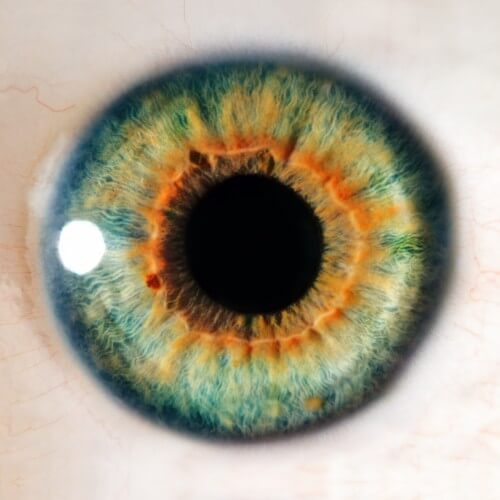In an article recently published in the scientific journal "Records of the National Academy of Sciences of the USA" (PNAS), the scientists point to fundamental differences between the recognition mechanism in humans and the existing models. Understanding these differences may even contribute to the design of advanced computer vision systems.

A curved line and two dots above it are enough to conjure up an image of a human face. Moreover, they are enough for us to recognize, easily, whether the illustrated person is happy or sad. Brain researchers, computer scientists and robotics engineers strive to understand how this recognition mechanism works - in both humans and computer systems. Scientists from the Weizmann Institute of Science, who worked in collaboration with scientists from the Massachusetts Institute of Technology (MIT), discovered that there is an "atomic" unit of recognition - a minimal amount of information that a certain image must contain in order for the recognition mechanism to work. in the article recently published In the scientific journal "Records of the National Academy of Sciences of the USA" (PNAS), the scientists point to fundamental differences between the recognition mechanism in humans and the existing models. Understanding these differences may even contribute to the design of advanced computer vision systems.
Prof. Shimon Ullman And Dr. Daniel Harari, together with researcher Liav Assif and research student Eitan Petiah, from the Department of Computer Science and Applied Mathematics at the Weizmann Institute of Science, compared the recognition mechanism of computer models of computer vision to the capabilities of the human eye. To this end, they recruited thousands of participants, and asked them to identify a series of images. In some images, the object was not fully exposed, and others were presented in low resolution and were blurry.
The study participants were better than the computer models at identifying partial or blurred images, but all participants failed at the same point. "The loss of a tiny amount of information in this or that image turned the bowl upside down," explains Prof. Ullman. "It seems that there is a point at which the visual image ceases to produce meaning for the human brain, as a sharp and common transition was discovered for the majority of the subjects between recognizable images and very similar images, whose recognition failed."

These findings indicate that, regardless of our life experience or training - visual recognition is well encoded in the human brain, and works in a similar way for all of us. The scientists suggest that the discrepancies discovered in the study were due to the way the images were scanned in the computer models, i.e. "from the bottom up": they start from the simple elements that appear in the image, and move, gradually, to more complex details. The human brain, on the other hand, uses several different methods at the same time, and even compares the components of the image to the library of images stored in its memory bank.
The research indicates the possibility of the existence of a basic component in the brain which is able to decipher a complex visual image based on very little information. The integration of such a mechanism into the existing computer models may significantly improve their ability to recognize images. A better understanding of this mechanism may also contribute to future studies related to brain function, and to the development of computer vision systems, which will greatly exceed those that exist in our possession today. More details can be found atThe research site.
